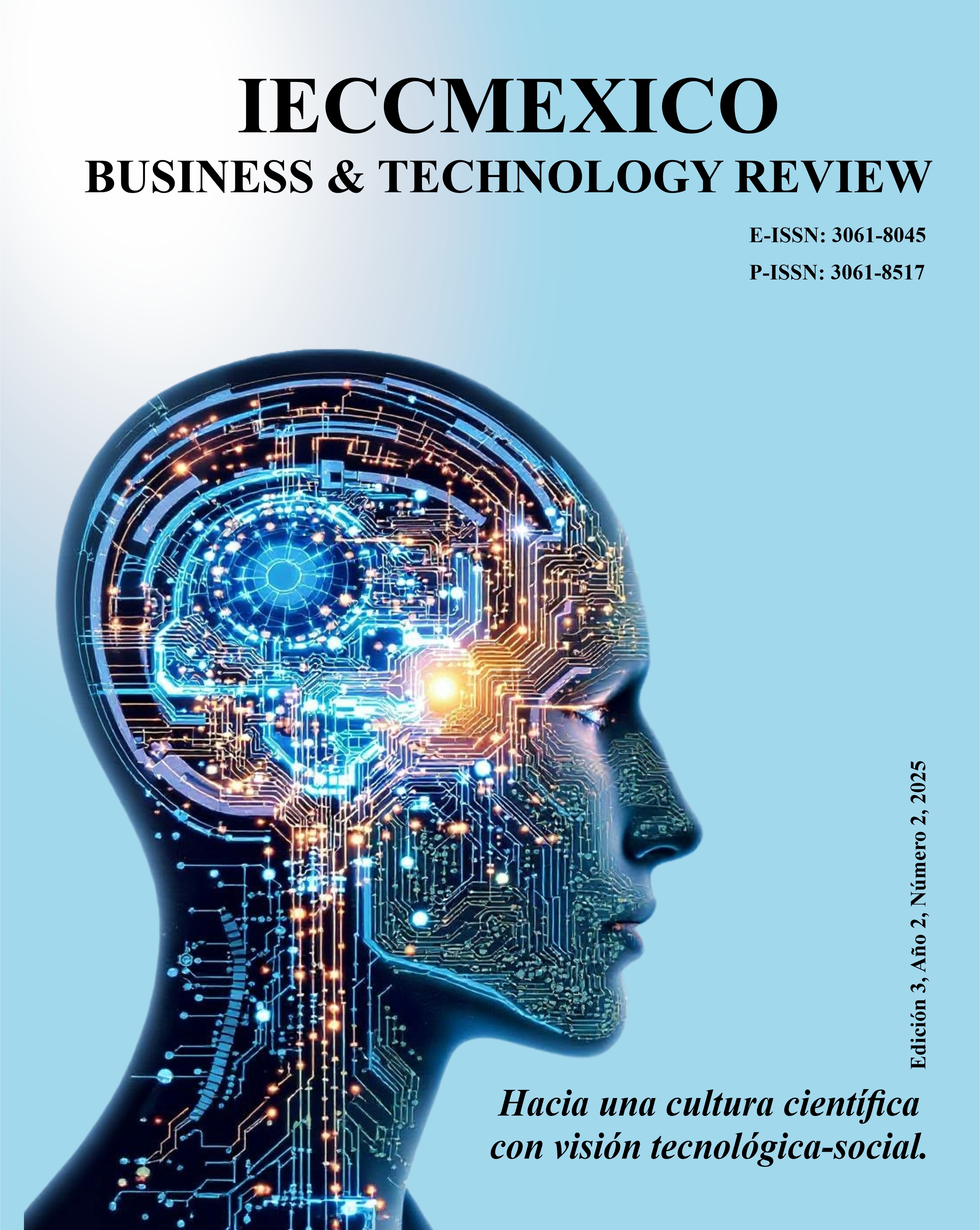Water Borders: The Water Challenge Between Mexico and the United States
Keywords:
Water supply, Water distribution, International navigation routes, Water consumption, Water balanceAbstract
This article addresses the issue of water management between Mexico and the United States through an analysis of the
1944 Water Treaty and the current challenges stemming from climate change, water overexploitation, and diplomatic
tensions. The main objective of the study is to analyze the mechanisms of cooperation and conflict between both
countries concerning the Colorado and Rio Grande (Bravo) rivers, proposing a reflection on the sustainability of the
current agreements. The methodology is based on a qualitative-documentary approach, including a review of
international treaties, bilateral minutes, environmental impact studies, and official hydrological data, complemented
by the scientific method to understand the causes, consequences, and projections of the phenomenon. The results show
that, although the 1944 Treaty has been key to maintaining a relatively stable distribution of water resources, the
frequency of droughts, population growth, and agricultural pressure have led to conflicts over quota compliance,
especially on the Mexican side. Additionally, the recent Minutes 319 and 323 reveal an attempt at adaptation, but one
that remains insufficient in the current context. The study concludes that it is necessary to update the water cooperation
framework between the two nations, incorporating principles of sustainability, environmental justice, and participatory
management. It emphasizes the urgency of rethinking borders not as dividing lines, but as shared spaces requiring
integrated solutions for water management.

